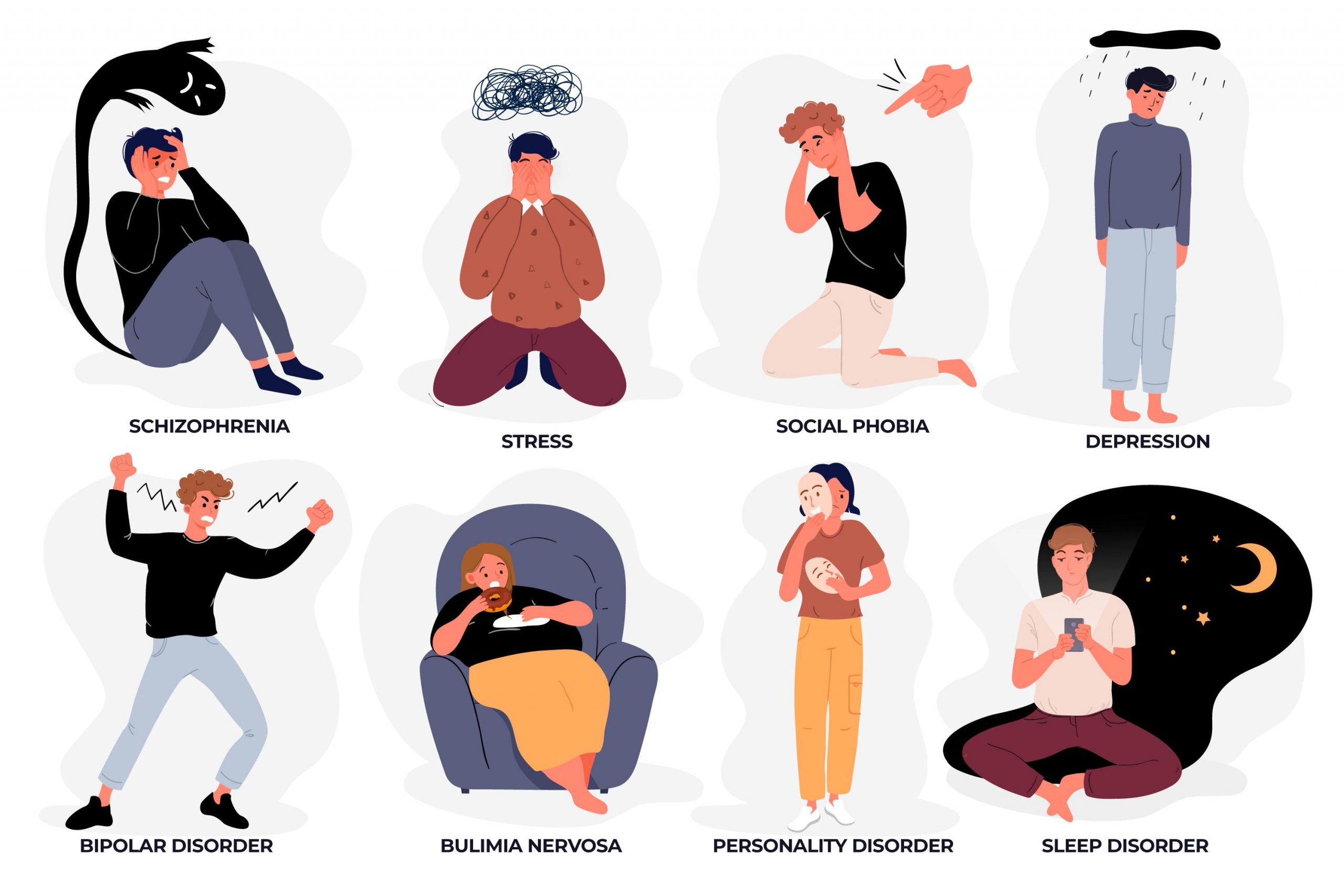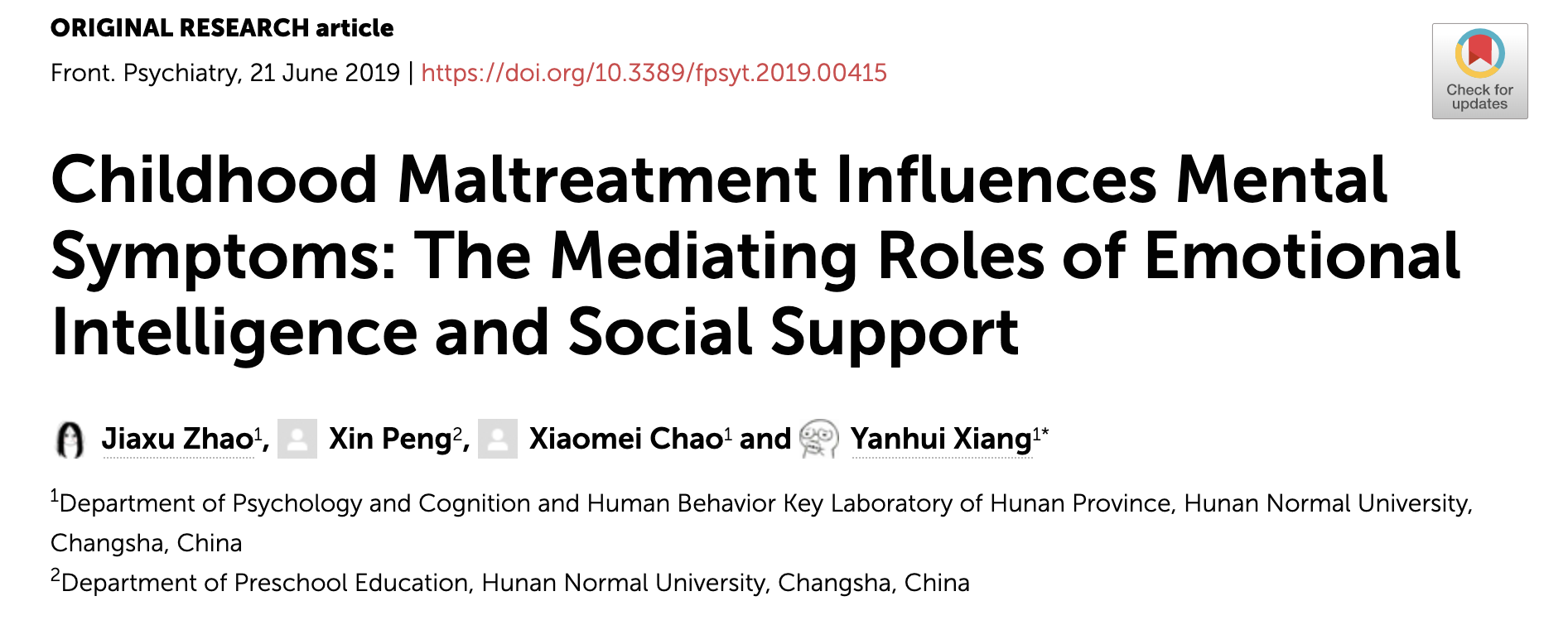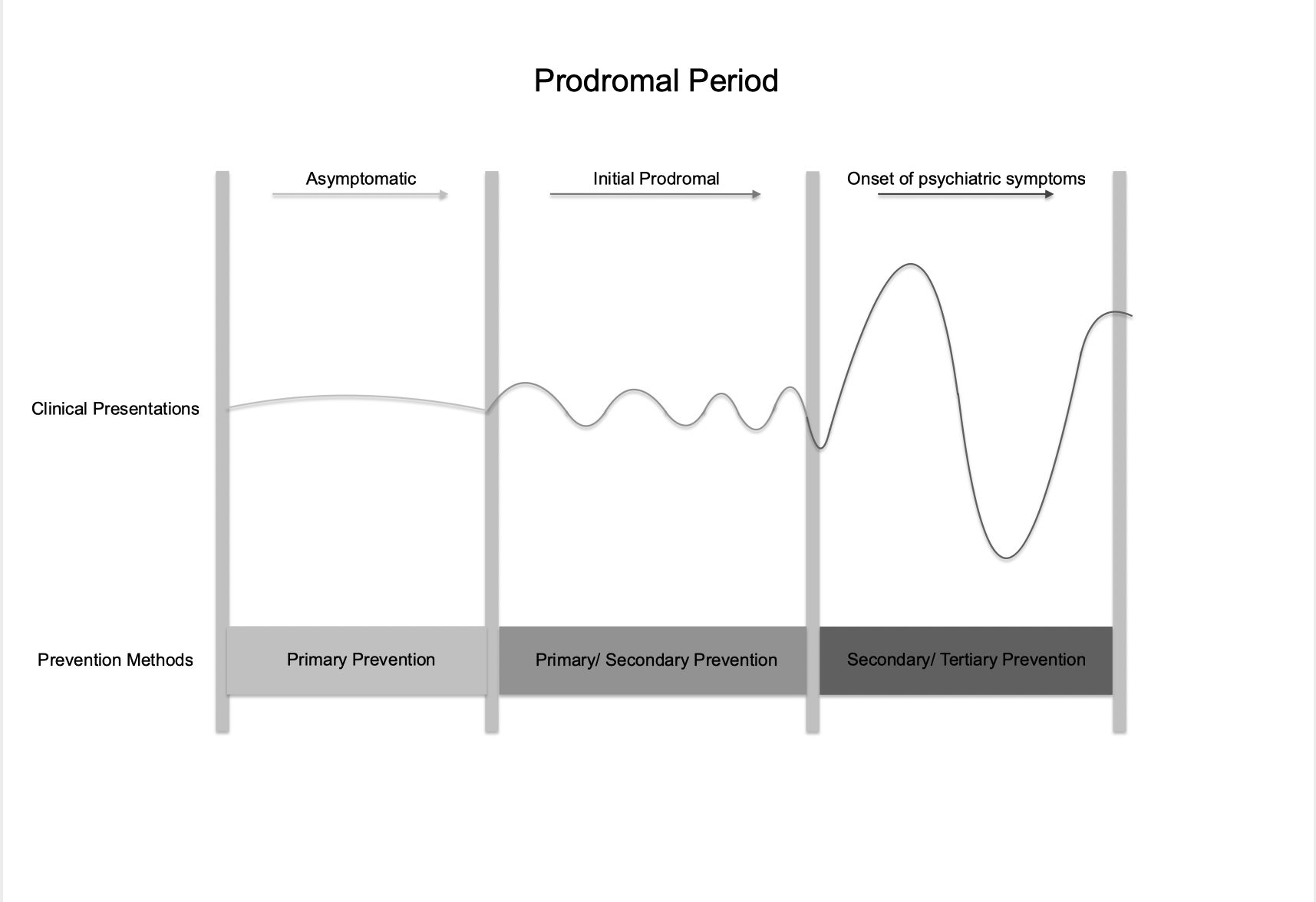1.1 Overview of Child Maltreatment Leading to Mental Disorder
Hei Audrey Liem
LEARNING OBJECTIVES
To establish a basic understanding of child maltreatment, mental disorder and the relationship between them, setting the stage for later sections in this chapter. By the end of this section, you should be able to
- Describe the definition of child maltreatment, mental disorder and prodromal phase
- Describe the proposed relationship between child maltreatment and mental disorder
- Describe what is a prodromal phase and its associated preventive measures
If I were to ask you to name a few public health problems Canada is currently facing, what would be on your list? Perhaps infectious diseases like tuberculosis and HIV? Or chronic diseases like diabetes and coronary diseases? Those are all correct given how publicized they are. But does it ever come across your mind that mental health problems and child maltreatment are also major public health problems?
You might be wondering how child maltreatment contributes to the health sector? Well, that is what this whole chapter is about, exploring the relationship between child maltreatment and its subsequent mental health problems. But long story short, it’s the adverse outcomes including mental health issues related to child abuse, both immediate and over the long term that makes child maltreatment a heavy contributor to emotional and mental development problems. In 2021, the World Health Organization (WHO) calls violence against children the hidden crisis of the COVID-19 pandemic. With the outbreak of COVID-19, data and reports from frontline reports have shown that reported cases of child abuse, especially physical and emotional have substantially elevated. Check out the following report for more details and data with regards to COVID-19 and its impact on child abuse around the globe!

(Children: The Hidden Pandemic 2021)
Mental Disorder
People often undermine the importance of mental health, thinking that mental illnesses will just go away on its own with time and all you have to do is fake it till you make it. But this mindset is wrong, mental health is as important as physical health, there will be no health without either mental or physical health. Hence, mental disorders can be defined as syndromes characterised by clinically significant interference with an individual’s emotional and cognition regulation, which are often manifested and reflected behaviourally. For those suffering from mental health issues, we can often see dysfunction in biological, developmental, and psychological processing or functioning in their brain. This underlies why we often see discrepancies in their behaviours.

(Attributed to: pikisuperstar from www.freepik.com)
There is a broad spectrum of mental disorders, including major depressive disorder, anxiety, Post-traumatic stress disorder (PTSD) and bipolar disorder. Currently, the Diagnostic and Statistical Manual of Mental Disorders (DSM–5) is the most widely used psychiatric assessment measure, which details will be covered in later sections in this chapter.

(The “DSM-5” by CCAC North Library)
Child Maltreatment
(“A Crane for Each Child; Students Seek End to Child Abuse” Attributed to CT Senate Democrats)
On the other hand, in this chapter, child maltreatment is referring to harming or risk of harming a child or youth may experience while in care of a person they depend on or have trust in, including (but not limited to) a parent, guardian, caregiver, sibling, teachers and other relatives. The 4 main types of child maltreatment usually include physical abuse, sexual abuse, neglect, and emotional abuse. Currently, The Childhood Trauma Questionnaire (CTQ) is one of the most used child maltreatment measures, where childhood trauma is measured with five subscales: emotional abuse, physical abuse, sexual abuse, emotional neglect, and physical neglect. The CTQ includes 28 questions, usually distributed to adults for identifying any traumatic conditions they have encountered during childhood.
Just to provide you with some statistics (there is more to come), in any given year, 1 in every 5 Canadian will personally experience a mental health problem. Unfortunately, this number increases for the population above age 40, where nearly 50% of the Canadian age above 40 will experience or have had experienced any kind of mental health problem. In 2021, a study on Ontario adults revealed that 31% of male participants and 21% of female participants have had experienced physical abuse during childhood.
This shows that both mental disorders and child maltreatment are very serious and prominent issues that Canadians are experiencing, hence it is important to figure out the relationships between them. What if there is a relationship between both and we could mitigate this in earlier timings so individuals would not manifest into sickness in adulthood. In other words, prevent individuals from entering prodromal progression?
Proposed Relationship Between Child Maltreatment and Mental Health

(Kisely, S., Strathearn, L., & Najman, J. M. (2020). Child maltreatment and mental health problems in 30-year-old adults: A birth cohort study. Journal of Psychiatric Research, 129, 111–117. https://doi.org/10.1016/j.jpsychires.2020.06.009 )

(Zhao, Jiaxu, et al. “Childhood Maltreatment Influences Mental Symptoms: The Mediating Roles of Emotional Intelligence and Social Support.” Frontiers in Psychiatry, vol. 10, 2019, doi:10.3389/fpsyt.2019.00415)

(Maclean, Miriam Jennifer, et al. “Role of Pre-Existing Adversity and Child Maltreatment on Mental Health Outcomes for Children Involved in Child Protection: Population-Based Data Linkage Study.” BMJ Open, vol. 9, no. 7, 2019, doi:10.1136/bmjopen-2019-029675)
Linking both child maltreatment and mental disorder together, It has been proposed by multiple studies that childhood maltreatment is a severe stressor and can predispose children to subsequent mental health issues, both immediate and long-term effects. Suggesting that individuals who have had experiences with any form of child maltreatment during their childhood predisposed them to have a greater chance of developmental disorders in their adulthood. Also, Individuals who have been exposed to sexual, physical, and emotional abuse and/or neglect are more likely to experience mental health problems than those not exposed. Different papers and authors have used different approaches to try and explain the relationship between these two aspects, some specific examples will be brought up and a discussion would be made in later sections of this chapter. For now, this sets the stage for further discussion on child maltreatment, mental disorder and the relationship between them.
Prodromal Period and Associated Preventive Measures

A prodromal period can be used to describe different sicknesses. Here we will use mental health illness as an example to illustrate what is a prodromal period.
The prodromal period usually describes the presence of non-specific symptoms and/or early signs of any given illness, encompassing different stages. The first phase in the prodromal phase would be an asymptomatic phase, referring to the individual being in a stable environment and has yet to demonstrate any prodromal suggestions towards mental disorders. Followed by the initial prodromal phase, it refers to when you can see ‘warning signs’ or potential development towards mental illness in an individual. The phase represents onsets of psychiatric symptoms that can be seen as episodes in clinical presentations.
Prevention is always better than cure. Hence, identifying this prodromal phase is critical for early treatments and prevention of progression and further manifestations of mental health problems. Stopping the disease progression in the earlier stage like at the asymptomatic and initial prodromal phase is way more effective than trying to cure the individual in later stages. Different preventive measures can be taken place for individuals in different stages, for individuals in the initial prodromal phase, primary and/or secondary preventive measurements are usually useful. Primary preventions target healthy individuals, usually acting through healthy promotions; since secondary preventions aim to halt disease progression, shorten the duration and severity of illness, it usually acts through immediate treatment for those in need and prompt diagnosis.
The aim for implementing these preventive measures is to try and halt disease progression, also preventing the individual from entering the later phases like the phase of onset of psychiatric symptoms. Since childhood maltreatment predisposes individuals to mental disorders, if disease progression can be halted at the initial prodromal phase and early preventive measures can be taken, this would possibly help individuals who have experienced childhood maltreatment to stay away from mental disorder and mitigate the risks of having it, perhaps helping to down-regulate the prevalence of mental disorders.
By now, hopefully, we have established how serious and prevalent mental disorders and child maltreatment is in Canada. Given how child maltreatment is one of the factors that might lead to the increased prevalence and morbidity of mental disorders, we feel the need to talk about this topic. Hoping that this draws more attention to this issue so people can be more aware of the seriousness of not only mental health but also child maltreatment and the relationship between them. Also, we hope that this chapter will help you to better understand and to aid in coming up with approaches at both the individual and population level that encompass all forms of maltreatment including long-term outcomes.
Content Breakdown and Learning Objectives
Investigate the different aspects relating to child maltreatment and corresponding mental disorder in detail, encompassing:
1.1 Overview of Child Maltreatment Leading to Mental Disorders
1.2 Child Maltreatment and Mental Health Disorder as a Major Public Health Concern
1.3 Current Diagnosing and Recording of Mental Illness
1.4 Longitudinal Birth Cohort Studies for Characterising Mental Illness
1.5 Mental Health Disorders Commonly Associated with Different Types of Maltreatment
1.6 Possible Developmental Effects of Childhood Maltreatment
1.7 Importance of Considering Confounding Factors – During Childhood and Adulthood
1.8 Agency Notified System
1.9 Future Directions
1.10 References
Hopefully, by the end of this chapter, child maltreatment and mental disorder will be on your list of answers next time someone asks you to name a few public health problems Canada is currently facing!
KEY TERMS
- Mental Health: An individual’s mental condition, including emotional, social, and psychological well-being.
- Mental Disorder: Syndromes characterized by clinically significant interference with an individual’s emotional and cognition regulation, which is often manifested and reflected behaviourally
- Child Maltreatment: harming or risk of harming a child or youth may experience while in care of a person they depend on or have trust in
- Prodromal Period: Presence of non-specific symptoms and/or early signs of any given illness
- Asymptomatic Phase: Individual being in a stable environment and haven’t demonstrated any prodromal suggestions towards mental disorders yet
- Initial Prodromal Phase: ‘warning signs’ or potential development could be seen regarding mental illness in an individual
